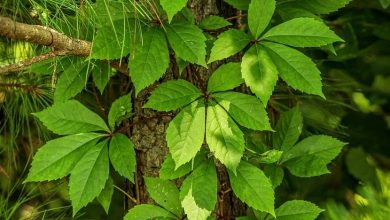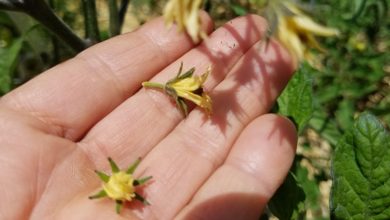Intensive Agriculture: What is it? Concept, Use, Advantages and Disadvantages
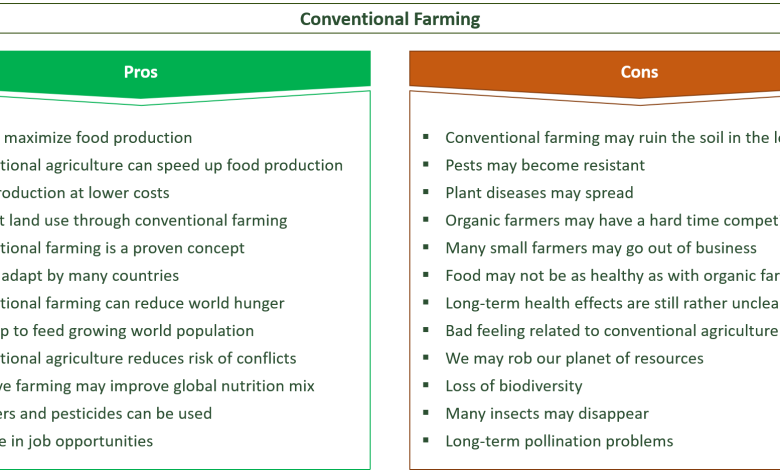
What is intensive agriculture?
Intensive agriculture seeks to obtain the greatest amount of products per surface unit, with intense support from the means of production of planting at the industrial level, under controlled conditions and environment, using the use of fertilizers, pesticides, irrigation systems and machinery., among other tools, to encourage the growth and development of plants, in order to fully exploit their potential.
It is called intensive because the land is cultivated twice a year, in the following cycles:spring-summer and autumn-winter.
For example:A clear example of this type of agriculture are the typical greenhouse areas located in the south-eastern peninsular area of Spain.
Or the so-called hydroponic crops, crops out of soil, where the plant is offered an artificial substrate (for example, perlite or coconut fiber) so that the roots can anchor and prosper with the help of a continuous flow of a solution of water and nutrients that the plant receives, in its different phases of growth.
How did this type of agriculture come about?
The appearance of intensive agriculture is directly linked to the concern of human beings to produce large amounts of food to meet the growing food needs of the population of the entire planet.
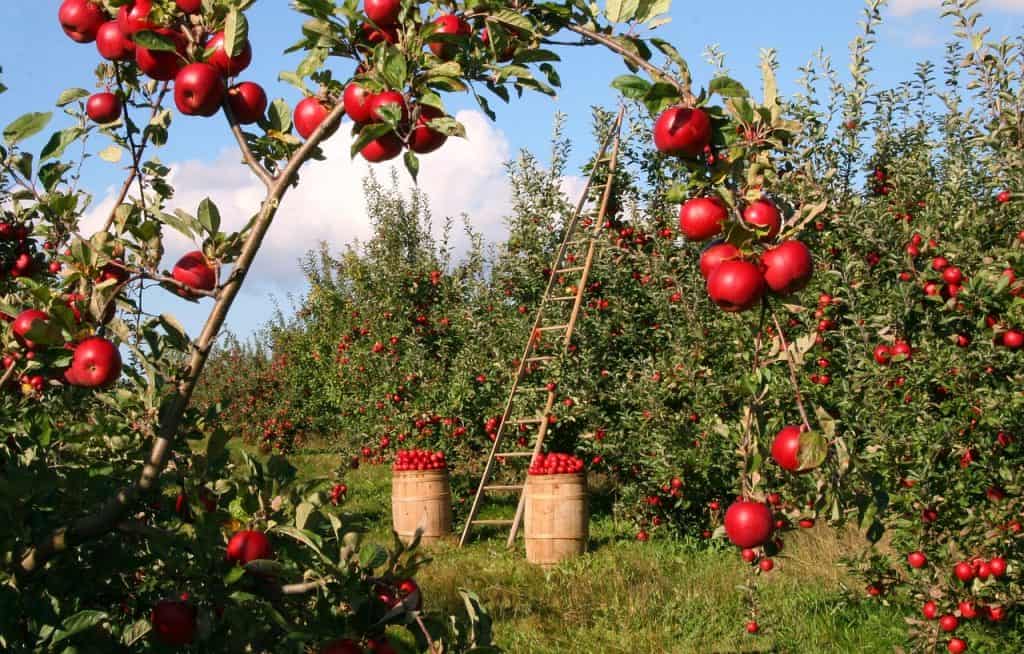 In the late 20th century, gasoline-powered machines replaced traditional equipment in horse-powered fields.
In the late 20th century, gasoline-powered machines replaced traditional equipment in horse-powered fields.
This event, combined with great advances in fertilizer and pesticide technology, surpassedthe Second World War,allowed incredible advances in agricultural production.
This technological leapallowed farmers to control more productive land areas,But over the years, they abandoned their farms and entered the industrial world, thus producing changes in the structures of the workforce worldwide.
Thus, intensive agriculture appearsto give more food extracted from the earth to more inhabitantsof the planet that they demanded and continue today, demanding food.
Why is intensive agriculture important?
There is no doubt that intensive agriculture has been key for humanity to advance as much as it did during its appearance in the 20th century.
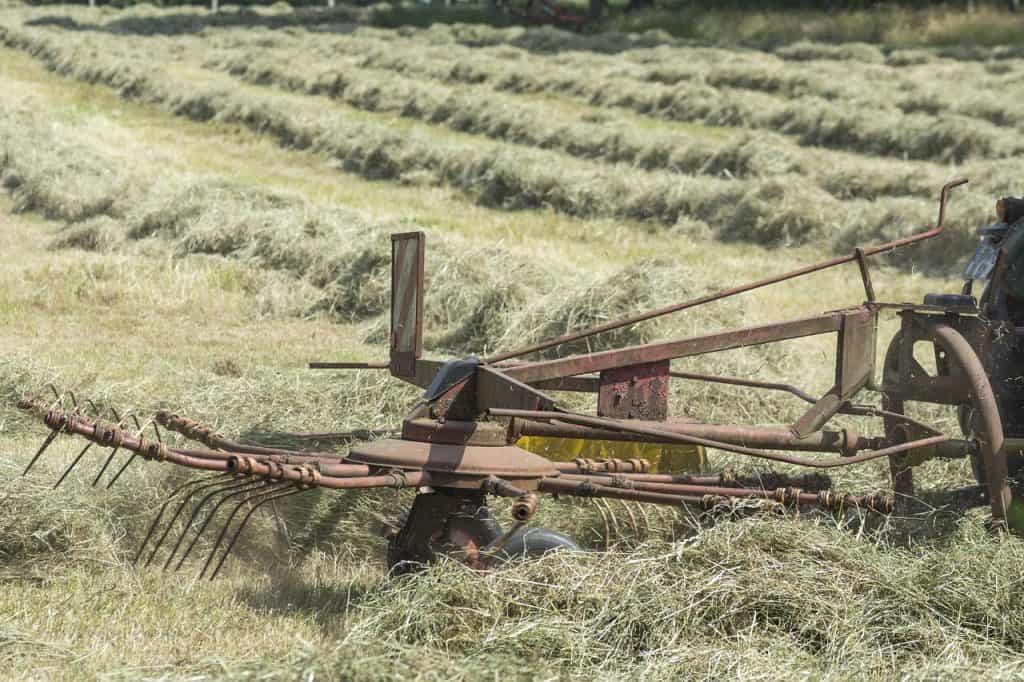 Not in vain their contribution has been decisive for the economic and social leap of the peoples, in order to provide food security to a population in constant growth that increasingly demands more and more quality products for mass consumption.
Not in vain their contribution has been decisive for the economic and social leap of the peoples, in order to provide food security to a population in constant growth that increasingly demands more and more quality products for mass consumption.
Although it will most likely have to coexist with other models, such as organic or ecological production, in growing development, there is no doubt that it will continue to be perfected with the help of technological solutions to expand its frontiers and increase its efficiency.
Thanks to this controlled agriculture,many processes were industrializedthat were previously fulfilled manually, which brought economic development, prosperity and many sources of employment around the world.
And contrary to what is believed, the answer to the growing food demands of humanity in the coming decades finds an answer in intensive agriculture.
because the callsustainable agriculture needs to occupy more extensions of land,to produce the same thing that takes out the intensive in less space.
This means that the benefits of the intensive modality will continue to be used because the planet, which incurrently occupies 43% of its global territoryin essential crops to feed some 7.5 billion people, there will be no room available between now and 2050 for new crops, when it is projected that some 9.7 billion people will demand food that we will not have if soil erosion continues to progress.
It will hardly disappear, what will surely happen is that it will continue to adapt to technological and scientific innovations that pursue a single purpose:the multiplication of the loaves.
What advantages and disadvantages does it have?
Advantage
- It is really advantageous, because this type of agriculture undoubtedly increases productivity levels in the field, in order to provide a stable source of food to the world population, with the special characteristic that it uses less arable land than other methods.
- Agricultural mechanization, linked to increases in production, has allowed a shift of labor towards the industrial sector, thus giving rise to more specialized work that has also brought benefits to the world.
- The lowering of the final costs or prices of farmyard products, vegetables, vegetables and fruits, has been a reality thanks to this type of large-scale production agriculture.
Disadvantages
- But since not everything is always perfect in life, this industrialized agriculture also uses large amounts of energy and water, hardly consumed by the traditional method, with the difference that productivity will also be much higher, but with the great difficulty that the Soil depletion will also be greater and that is not at all convenient for the health of the planet.
- Another handicap that has lavished quite a few enemies on it is the equally intensive use of chemical fertilizers and pesticides, the residual of which ends up on consumer tables, with the well-known negative consequences on people’s health.
How is it different from other types of farming?
This type of agriculture is characterized, fundamentally, in that it uses reduced spaces to produce a single product.
It needs a strong use of solar energy and fossil fuels derived from oil to start the machinery associated with the exploitation of the earth. It also uses chemicals such as treated fertilizers or pesticides to exterminate the bugs that attack the crops.
Its fundamental characteristics are the following:
- Use of a single type of seeds for cultivation.
- Highly productive land.
- Search and use of soils rich in nutrients, preferably in plains.
- Skilled human labor.
- Use of pesticides and phytosanitary products against bugs and fungi that are harmful to crops, although, thank God, very effective biological pest control methods have emerged.
- Improved varieties with the help of genetics, using previously selected plant material to increase the yield of its consumable parts.


![Photo of How to Plant a Bonsai: [Steps, Growth, Care and Cuttings]](https://www.complete-gardening.com/wp-content/uploads/2022/08/how-to-plant-a-bonsai-steps-growth-care-and-cuttings-390x220.jpg)
